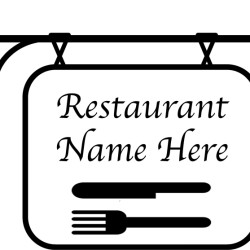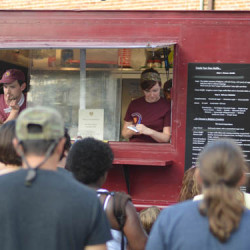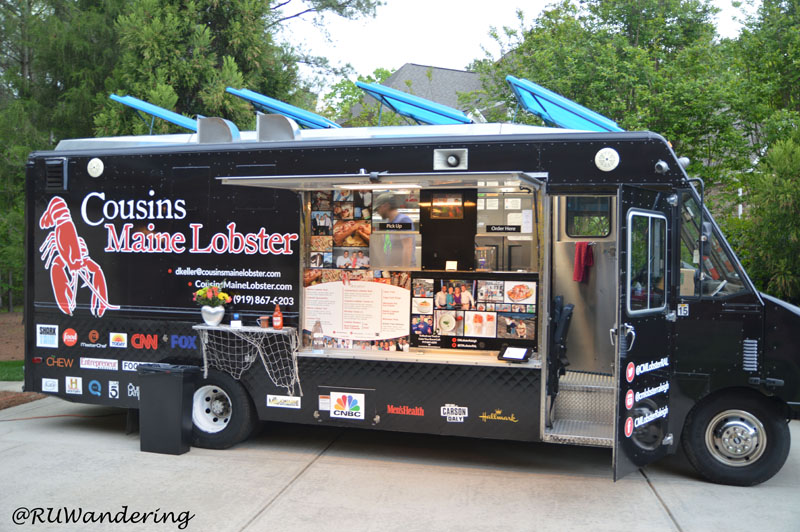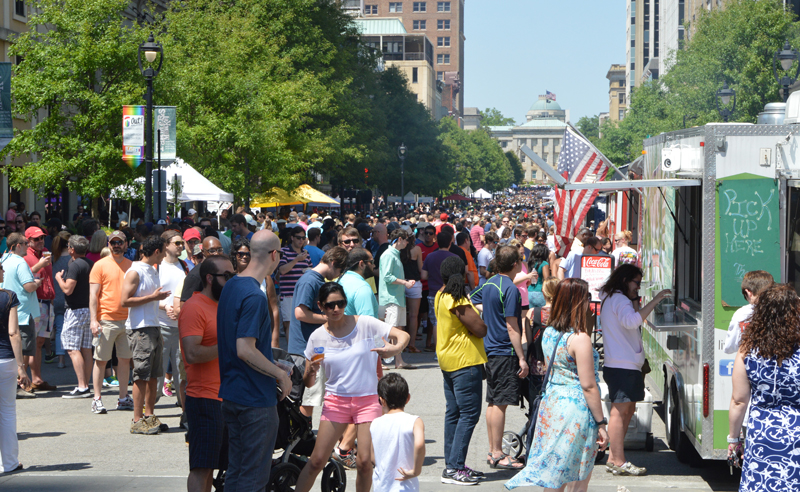Remember Romeo and Juliet, Shakespeare’s love-trodden saga? In her pivotal monologue from the balcony, Juliet proffers the query, “What’s in a name?” as she weighs the merits of pursuing Romeo.
Shakespeare and marketers share something in common. While branding entails much more than just a name, PR professionals understand the weight that words carry. For example, who would have guessed that Texas Pete hot sauce is actually made in Winston-Salem, North Carolina?
When naming a restaurant, new menu item or even a culinary event, the name matters. We put our heads together with colleague, marketing consultant and brand strategist, Ilina Ewen, to cull a few name development do’s and dont’s.
Do:
Identify your brand first.
What is the promise you are making to your customer? Develop your foundational principles (your reason for existing!) and consider the experience you envision customers enjoying. Is it an energized drive-through diner centered on southern recipes or a mellow, relaxing wine bar that celebrates comfort and conversation? The ambience will inform the next step — identifying your future diners and your brand voice.
Scope out the competition.
 Before committing to a restaurant name or design, give a gander at other venues in the area. If you’re developing a fast-casual chicken joint, it might be best to steer clear of curly red font reinforced with, say, cow mascots. Take inventory of everything from colors and geometrics to verbiage and ambience to latch on to your differentiating factor.
Before committing to a restaurant name or design, give a gander at other venues in the area. If you’re developing a fast-casual chicken joint, it might be best to steer clear of curly red font reinforced with, say, cow mascots. Take inventory of everything from colors and geometrics to verbiage and ambience to latch on to your differentiating factor.
Reinforce with visuals.
Words are powerful, yes, but they don’t function in a vacuum. This is where a str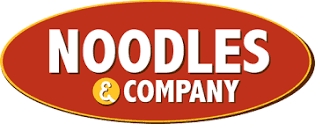 ong graphic designer can help put meat on the bones of your concept through visuals that project your restaurant’s experience. Some brands will need more direct imagery than others. For example, it’s quite clear the cuisin
ong graphic designer can help put meat on the bones of your concept through visuals that project your restaurant’s experience. Some brands will need more direct imagery than others. For example, it’s quite clear the cuisin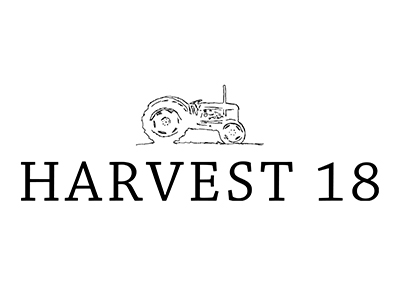 e that’s served at Noodles & Company. But Harvest 18? This culinary gem requires distinct visuals — such as the tractor in the logo — to help clarify its farm-fresh approach to southern food.
e that’s served at Noodles & Company. But Harvest 18? This culinary gem requires distinct visuals — such as the tractor in the logo — to help clarify its farm-fresh approach to southern food.
Don’t:
Name it after that random guy.
Things like Dave’s Diner or Evan’s Eatery. Unless Dave or Evan are local celebrities or culturally relevant icons, their names convey nothing of importance to the potential diner — especially if they no longer work at the restaurant. Don’t get us wrong. We love Five Guys’ hand-crafted burgers and fries — probably too much! But until you taste that heaven on a bun, prospective diners receive no clues about the restaurant’s delectable menu.
Skip your homework on cultural implications.
Research not just the words and phrases but also the cultural sensitivities surrounding your proposed name. If exploring ethnic cuisine, watch for double entendres or cultural appropriation that might spark anything from aversion to irateness in your audience.
Blabber.
Keep in mind that most restaurants or events need to establish an online presence, and lengthy or verbose names don’t translate well into social media handles. Avoid easily misconstrued characters, such as the hyphen or the number one, and use capitalization to emphasize otherwise confusing phrases.
Clairemont CEO Dana Hughens faced the challenge of naming her own agency in 2010. Check out her article published on Spin Sucks.

